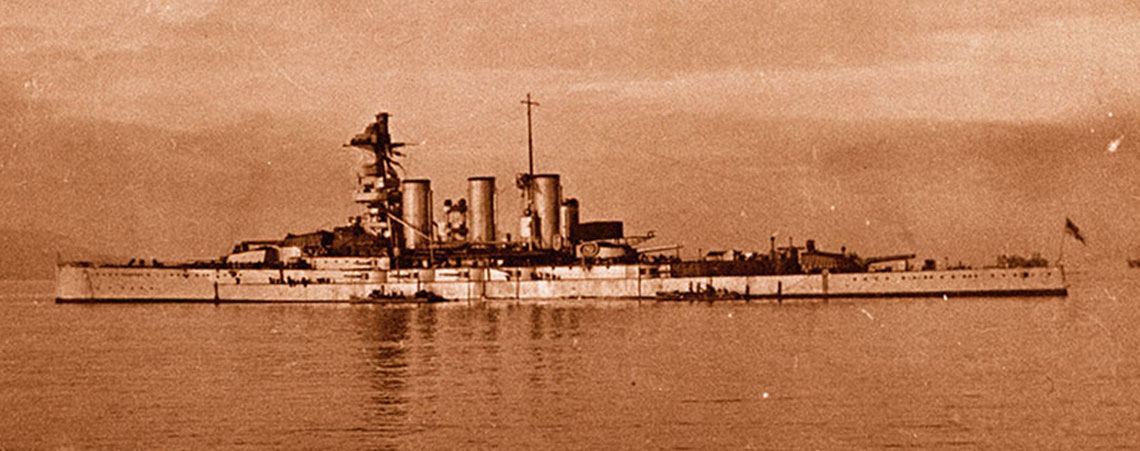Drinking to Your Health: Medicinal Origins of Gin & Tonic
Apr 23, 2018
Nowadays, while alcohol consumption is widely socially acceptable, it would be a stretch to claim that your large Cosmopolitan was turning you into the archetype of health. Yet if we look back on past decades, including the 20th century, the ingestion of alcohol for medicinal purposes was a corner stone healthcare. So next time you fancy a taste of gin, bitters or even ‘HippocraticumVinum’, you might be able to claim you’re drinking to your health while impressing your friends with your new historical non-fiction trivia knowledge.
The recent discovery of wine jars buried inside an ancient Egyptian tomb, believed to have been constructed in around 3150BC, confirms the theory that the use of alcohol is nearly as old as humanity itself. While the founder of modern medicine, Hippocrates, dabbled in producing his own crude form of Vermouth for medicinal purposes, it wasn’t until 1095 onwards, once Christians had embarked on their worldwide crusade, that western knowledge of the medicinal benefits of alcohol began to develop. Scholars from the ancient Islamic Empire were the vanguard of Alchemy – with the word deriving from the Arabic term ‘Al-Kimiya’ – and made substantial developments within the realm of alcohol production and application due to their extensive knowledge of chemicals and natural science.
With alcohol harbouring fewer diseases and infections than any locally available water, the western world adopted Arabic alchemic knowledge and began to incorporate alcohol use into everyday medicine. Proof of the Christian Kingdom’s acceptance of alcohol use is evident in the prevalence of today’s well known brands, such as Benedictine and Chartreuse, of which were created in European monasteries in order to combat stomach aliments and other diseases.
The incorporation of alcohol into mainstream medicine was further encouraged by the expansion of European colonies, providing a ripe abundance of exotic herbs, spices and plants of which to produce new elixirs. These herbs would be placed in a jar of alcohol in order to extract and preserve their medicinal properties – forming some of our best loved spirits that are still consumed today.
Gin derives from the Flemish word ‘Genever’, a highly alcoholic medicinal concoction created by Sylvius De Bouve, a sixteenth century Dutch Physician. Believed to improve circulation and other ailments, the oils extracted from juniper berries had previously been employed during the plague, thus Genever became an increasingly popular drink for those facing new and exotic diseases across the European empires. For new world explorers, a bit of ‘Dutch Courage’ was the answer.
While Gin was believed to house medicinal properties, its other half, tonic, developed through similar means. In the 17th century, Spanish colonisers encountered the Quechua peoples of Peru and Bolivia utilising bark of the Cinchona tree to address a range of fevers and complaints. Suffering with exotic diseases, such as malaria, in their new found territories, the bark was quickly adopted into European medicine, forming what became widely known as ‘Jesuit’s Bark’. The active ingredient in the bark, quinine, was extracted from the bark in the early 19th century but was too bitter to ingest singularly. As a result, the powder was mixed with water and sugar to form what we now know as tonic water.
It was in colonial India where these two medicinal ingredients joined to form one of our country’s most loved cocktails. During the period of British Imperialism in India, starting in the late 18th century, colonisers suffered to survive its tropical climate and turned to quinine to protect them from malaria and other fevers. Due to the bitter taste, however, the quinine tonic water seemed to – unsurprisingly – wash down more smoothly when mixed with a shot of medicinal gin.
The final components of the beloved gin and tonic originate from the seas: limes and Angostura bitters. Due to the scarcity of fresh fruit on Navy boats, the lack of vitamin c in the nutritional intake of Britain’s Navy spawned a mandatory ration of limes into every sailor’s diet. The sailors discovered that the easiest way to incorporate these limes into their diet was, yet again, to wash it down with some beloved gin – it’s a win-win!
Yet the Navy’s love of medicinal drinks does not end there; when suffering with profusion of sea sick sailors, Navy doctors took to adopting the use of Angostura bitters. Developed by Dr Siegert, Surgeon General of Simon Bolivar’s army in Venezula, to cure stomach ailments, the bitters were quickly traded among soldiers, colonists and sailors. Similar to quinine and just as their name implies, Angostura bitters were unfavourably bitter to ingest. British sailors took to adding a single drop of bitters to some gin in order to smooth the consummation of their prescribed sea sickness cure – forming what we now know of today as ‘Pink Gin’.
A shot of gin, a drop of bitters, topped off with tonic water and a slice of lime and, over the centuries, physicians had formed the ultimate ailment-fighting concoction – the pleasant intoxication enjoyed by the patient being merely a side effect. Once declared by Winston Churchill as saving “more Englishmen’s lives, and minds, than all the doctors in the Empire”, gin and tonic has now made its way to become one of Britain’s top tipples.
To learn more about medicinal gin and other historical non-fiction, read Richard Petty’s The Boy Airman: An Absolute Stranger to Fear.



